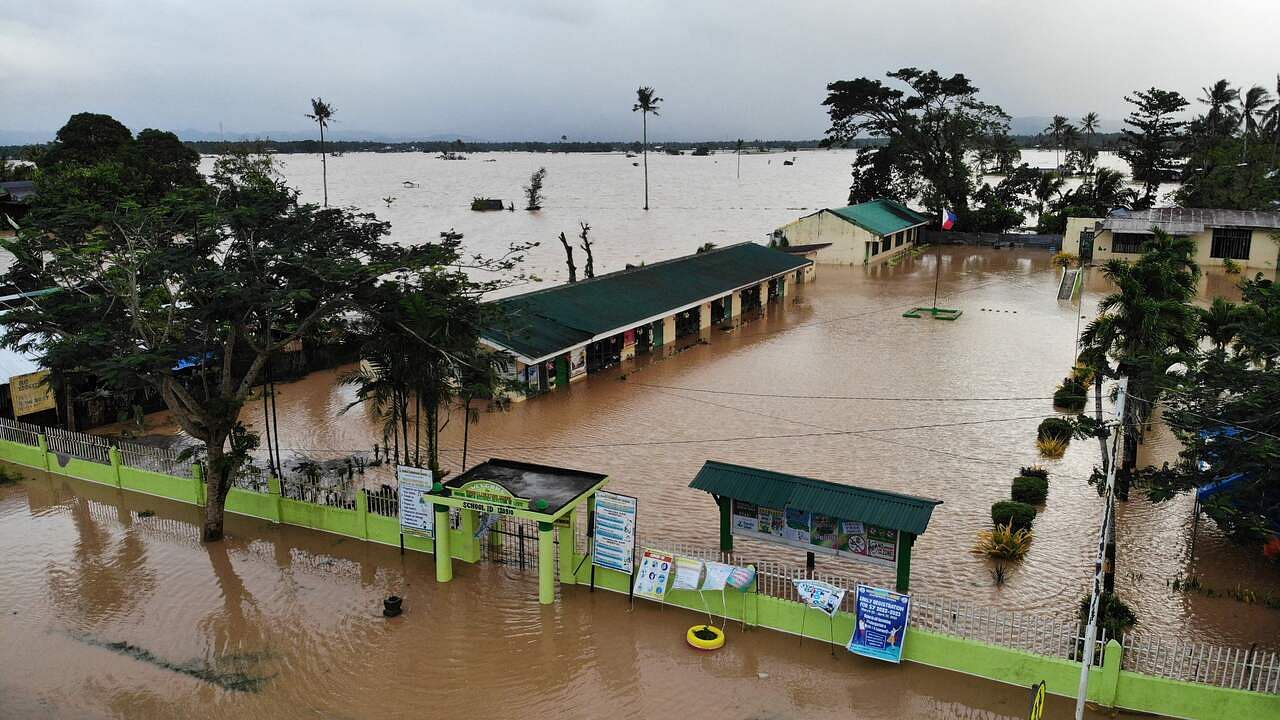ABUYONG (AFP, BLOOMBERG) - At least 25 people were killed and several more missing after Typhoon Megi triggered landslides and flooded many areas in central and southern Philippines.
Twenty-two persons died in mudslides in Baybay City in Leyte province, while at least six more are missing, city police chief Lieutenant Colonel Joemen Collado said in an interview over DZBB radio late on Monday (April 11).
Nearly 140,000 people have been affected by the storm locally known as Agaton, which made landfall over Eastern Samar province on April 10, the nation’s disaster risk-reduction and management council said.
The lowest storm alert remains hoisted in nine areas as of Tuesday morning, the weather bureau said. It’s forecast to stay around the eastern central islands for the next 6 to 12 hours, bringing moderate to heavy rains.
The weather disturbance is expected to “deteriorate into a remnant low” within the next 24 hours and then assimilate with another storm named “Malakas”, which is unlikely to affect the country’s weather condition.
More than 13,000 people fled to emergency shelters as the storm pounded the region on Sunday, the national disaster agency said, flooding houses, inundating fields, cutting off roads and knocking out power.
Photos posted on Facebook and verified by AFP show several houses buried in mud up to the rooftops in Bunga, one of the affected villages in Leyte.
"Yesterday the rain was so hard, it was non-stop for more than 24 hours," resident Hannah Cala Vitangcol told AFP.
The 26-year-old teacher fled with her family to a hotel on Monday after waking to find nearby homes had been covered in an avalanche of mud.
"I was crying because I know the people buried there and I was also scared because there were mountains behind our house," she said.
Baybay City council member Mark Unlu-cay posted photos on Facebook showing survivors from another village, Kantagnos, being treated in hospital.
"It seems like the entire community... was badly hit by the landslide and the riverflow," he said.

Unlu-cay said he feared the death toll could rise after receiving reports that other villages had also been inundated by the waves of earth and mud.
Philippine Coast Guard and police personnel rescued people from their homes in the flooded town of Abuyog, carrying residents onto orange stretchers laid on floating boats.
First major storm in 2022
Megi is the first major storm to hit the disaster-prone country this year.
Whipping up seas, it forced dozens of ports to suspend operations and stranded nearly 6,000 people at the start of one of the busiest travel periods of the year.
The Philippines reopened to fully vaccinated tourists from most countries in February after lifting most Covid-19 restrictions, and Easter is a popular holiday for domestic tourists.
The storm comes four months after a super typhoon devastated swathes of the archipelago nation, killing more than 400 people and leaving hundreds of thousands homeless.
Rai, the strongest typhoon to hit the Philippines last year, intensified faster than expected, officials said previously.
Scientists have long warned that typhoons are strengthening more rapidly as the world becomes warmer because of human-driven climate change.
The Philippines - ranked among the most vulnerable nations to its impacts - is hit by an average of 20 storms every year.
In 2013, Typhoon Haiyan was the strongest storm ever to have made landfall, leaving over 7,300 people dead or missing.

